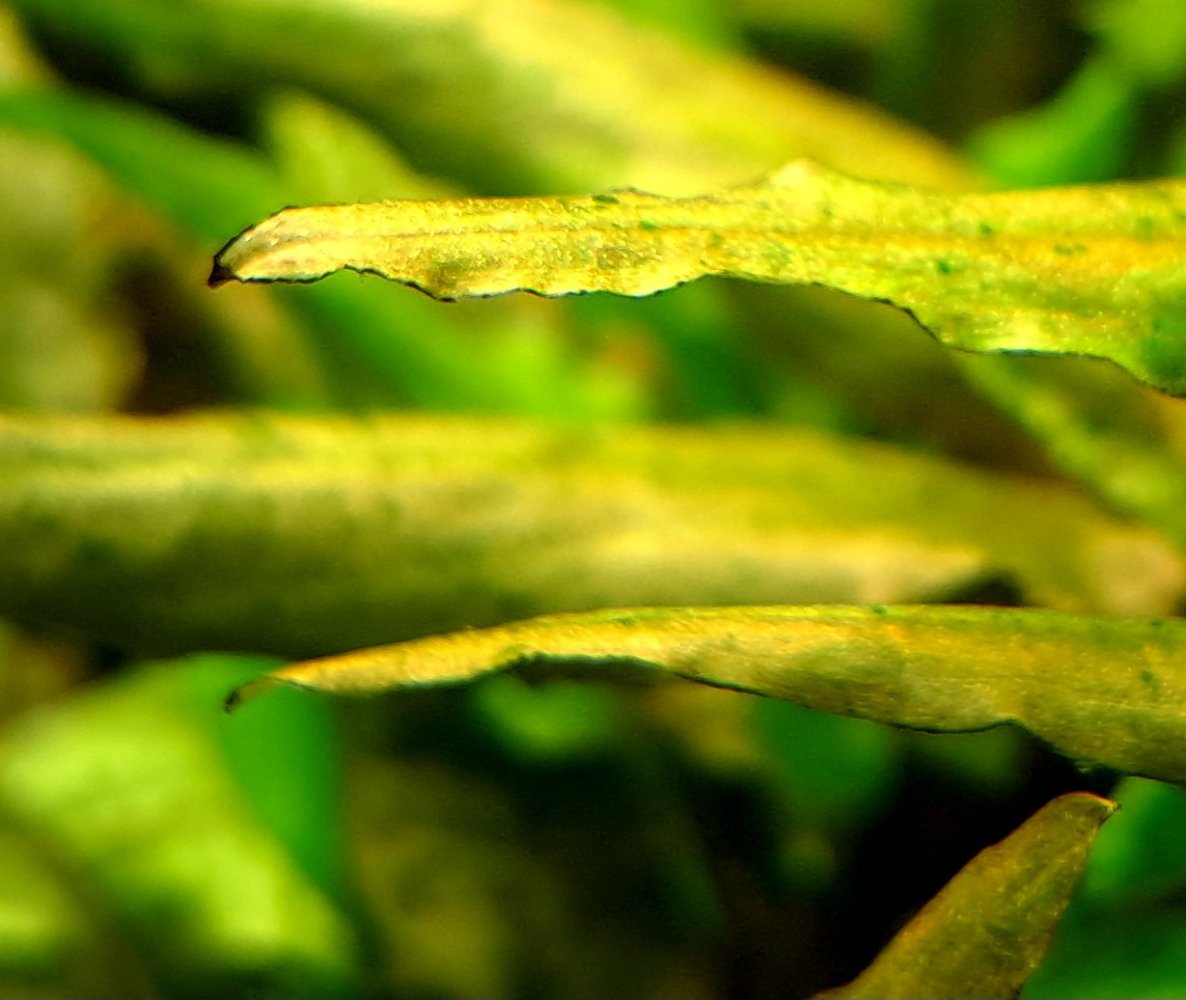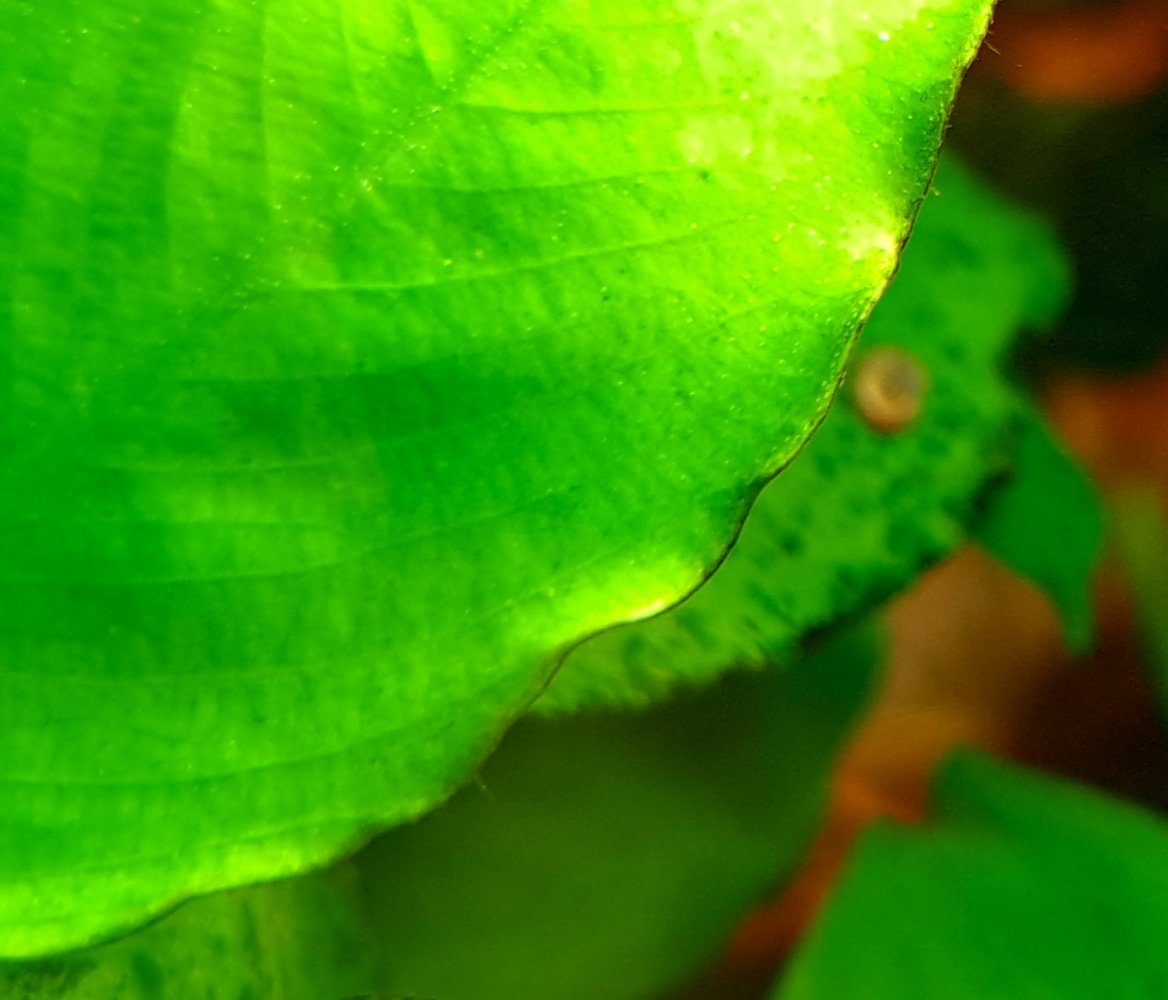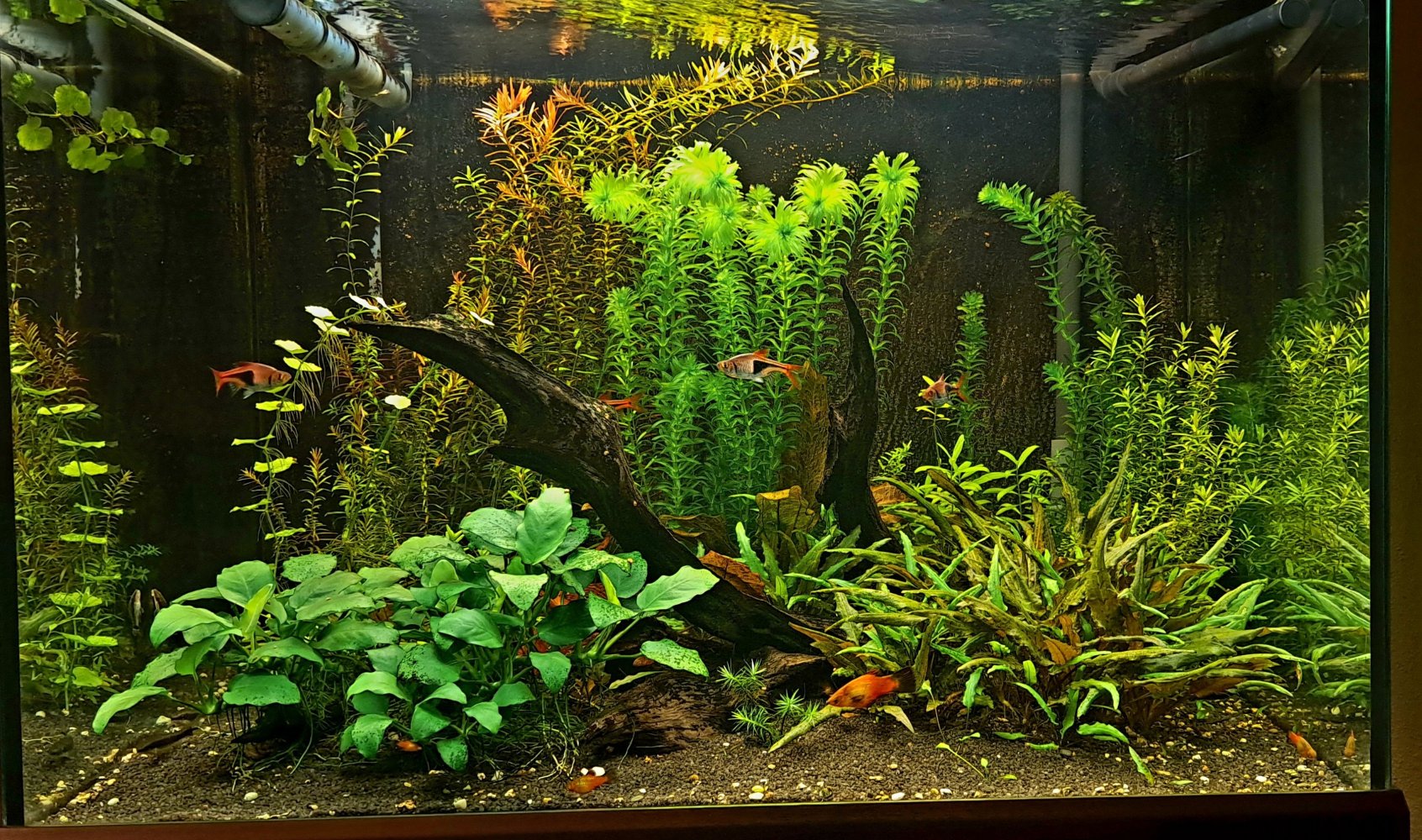Sanniejop
Member
Hi,
Recently (two months ago) I switched from EI with CO2 to PPS pro daily dosing without CO2. All seems to go well (plants are growing quite well) but last days I start to observe brown or burnt(?) edges on the leaves of crypto's and new leaves of anubiases. See pictures.
I was wondering if this could be a pottasium deficiency?
Sorry for not sharing more info. If more info is needed I can provide.
Regards,
Sandor
Recently (two months ago) I switched from EI with CO2 to PPS pro daily dosing without CO2. All seems to go well (plants are growing quite well) but last days I start to observe brown or burnt(?) edges on the leaves of crypto's and new leaves of anubiases. See pictures.
I was wondering if this could be a pottasium deficiency?
Sorry for not sharing more info. If more info is needed I can provide.
Regards,
Sandor





